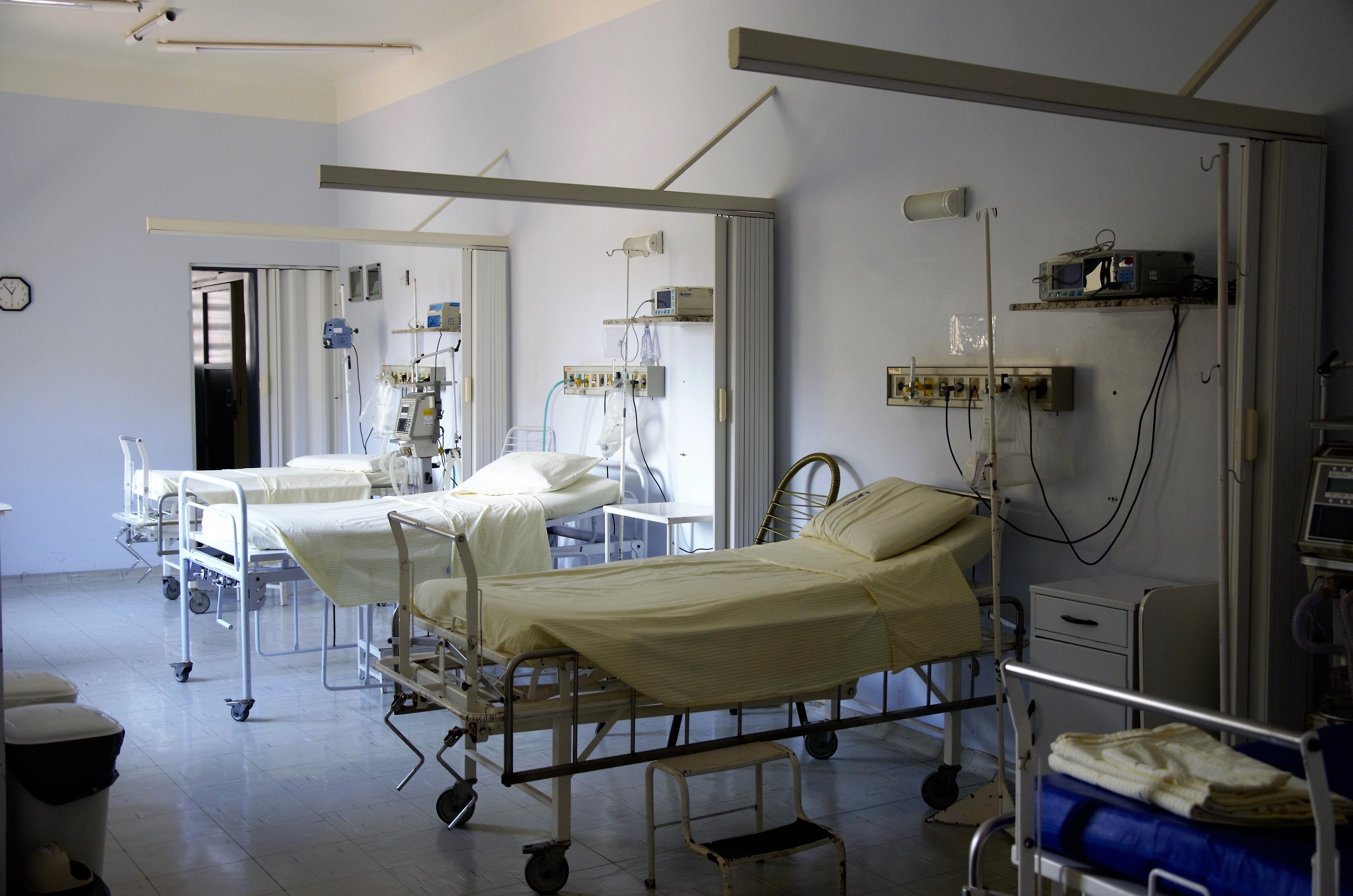Although there is no cure for any kind of cerebral palsy, children who begin treatment as soon as they are diagnosed have a better chance of adjusting to their condition. According to a systematic analysis published in JAMA Pediatrics in 2021, children who were diagnosed and treated before the age of two years improved their motor and cognitive skills, making it easier for them to accomplish activities like eating and drinking.
Cerebral palsy treatment is extremely customized, and it is dependent on the symptoms of the individual who has the condition. If you have spastic cerebral palsy, your therapy may include involving particular drugs or therapies that are designed to help you manage your spasticity symptoms as well. The following are examples of such items:
The Difference Between Occupational and Physical Therapy
According to the National Institute of Neurological Disorders and Stroke, both techniques are frequently utilized in the treatment of cerebral palsy. Physical therapy consists of exercises that help you improve your muscle strength, balance, and coordination, whereas occupational therapy consists of mobility exercises that, when performed consistently over time, will help you perform everyday activities such as getting dressed and getting out of bed.
Some doctors describe physical therapy as working with gross motor skills such as rolling over or crawling while working more with the arms and upper extremities on fine motor skills such as pencil grasping, transferring objects from one hand to another, and using utensils is considered occupational therapy. Physical therapy is working with gross motor skills such as rolling over or crawling while occupational therapy is working more with the arms and upper extremities on fine motor skills such as pencil grasping.
As persons with cerebral palsy grow older their risk for developing illnesses such as osteoporosis becomes greater because their bone development may not have been interrupted as a result of the brain damage they have experienced. It may be beneficial to consult with a physical or occupational therapist to determine the most effective exercises or tactics for dealing with this added challenge if one is required.
The Use of Assistive Devices
A number of assistive devices, including orthotics to enhance gait and splints for extra support when moving, have been shown to be beneficial for patients with spastic cerebral palsy.
Working with a physiatrist can aid you in selecting the most appropriate assistive equipment for your needs. There are occasions when we have to employ orthotic devices like splints that can be placed on the hands or feet to get the children into a more natural, flexed posture. Some experts believe that splints and orthotic devices can also aid in the reduction of stiffness and mitigate muscle loss.
Medication
Muscle relaxants can be useful if you have spastic cerebral palsy since they can aid to loosen stiff, constricted muscles. According to the National Institute of Neurological Disorders and Stroke, these are oral drugs that must be taken on a regular basis for a specified period of time in order to assist reduce symptoms such as muscular spasms and tightness. Some people obtain injections of botulinum toxin to alleviate the symptoms of spasticity they are experiencing. Botox is injected into tight muscles every few months to protect them from becoming tight again.
Surgery
Spasticity in the legs may be alleviated with the use of selective dorsal rhizotomy, which is a surgical procedure that involves cutting nerve fibers in the spinal cord. This has the potential to reduce stiffness in severe cerebral palsy cases. It has always been practiced to conduct selective dorsal rhizotomy on young children. According to a more recent study, adults can benefit from the procedure by improving their mobility, balance, and ability to exercise. The hazards of the selective dorsal rhizotomy, the most common of which is persistent numbness in the legs after surgery, are well-documented, but for many people, the benefits may outweigh the risks in this situation. Your doctor can assist you in determining whether or not surgery is the right option for you.



